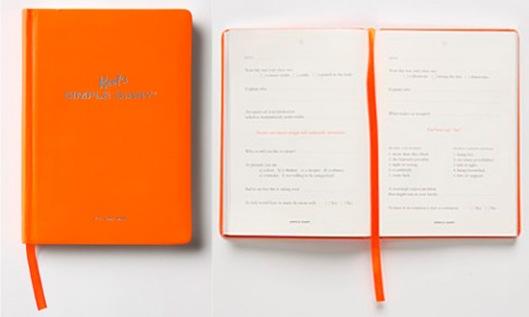

Children’s diaries were a common phenomenon in elite families in the late eighteenth and early nineteenth century, and testified to a new emphasis on education, and on control, of young people seen as representing the future (Müller 2). Only Bernard Faÿ focused specifically on the diary in French, but as a lens through which the end of the Old Regime could be observed, and he was only interested in the entries for 1784 (Faÿ, “Paris”).

Actually, little in the historiography is made of the fact that he spent his childhood abroad with his famous grandfather, and was brought up as bilingual, writing letters and even a diary in French between 17. Pasley also explains that Benjamin Franklin Bache had been educated as “a European gentleman” but he does not really qualify that statement, apart from saying Benny Bache had hobnobbed with his grandfather’s famous visitors (81). Yet her narrative of Bache’s adventures in France and Switzerland between the ages of 7 and 17 is peripheral to her presentation of the elder Franklin’s activities while Lopez and Herbert just ignore the young Bache’s training as an apprentice in Paris.

In her book on Franklin’s years in Paris during, and after, the War of Independence, Stacey Schiff does mention the boy and writes about his fate in compassionate terms, as had previously been done by Claude-Anne Lopez and Eugenia W. Yet his close connection with his famous grandfather and fellow-printer Benjamin Franklin tends to overshadow Bache, all the more so as no artist ever painted or represented him. A biography covers his life, while a number of books focus on his activities as the editor of a radical newspaper in Philadelphia in the 1790s before he fell a prey to the yellow fever in 1798, aged 28 (Faÿ, The Two Franklins Stagg). 1 Benjamin Franklin Bache is a well-known figure in the pantheon of revolutionary and early America.


 0 kommentar(er)
0 kommentar(er)
